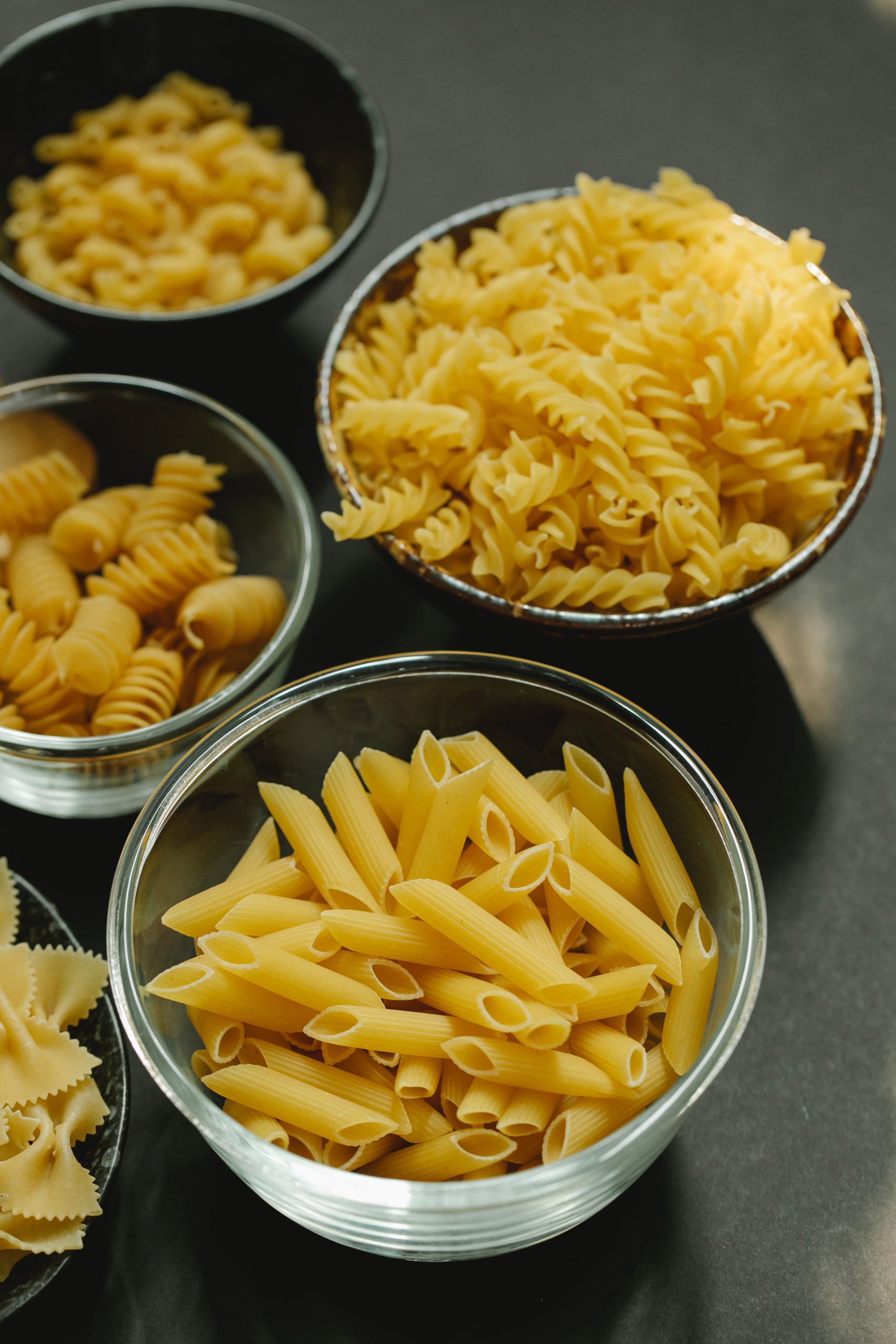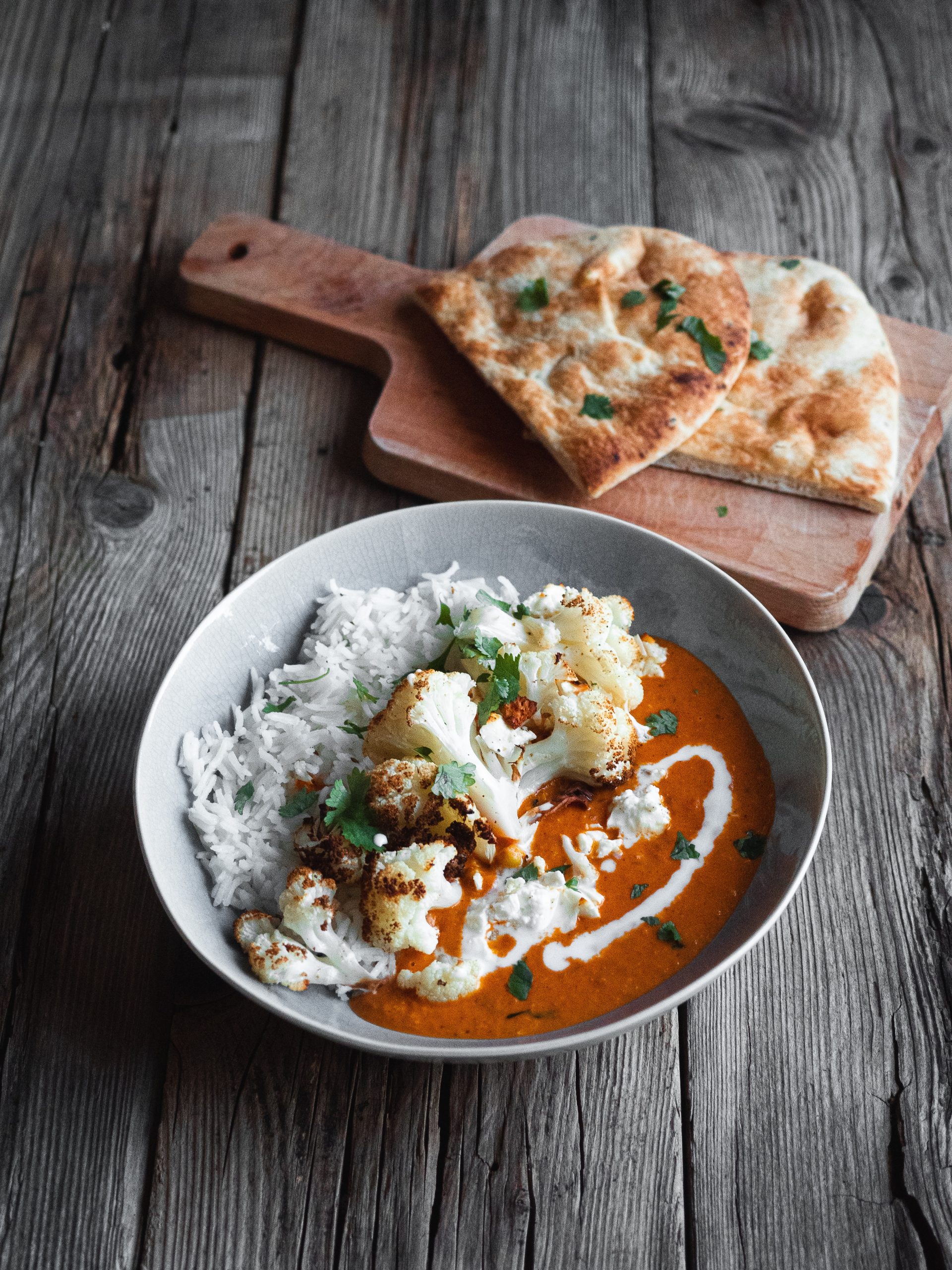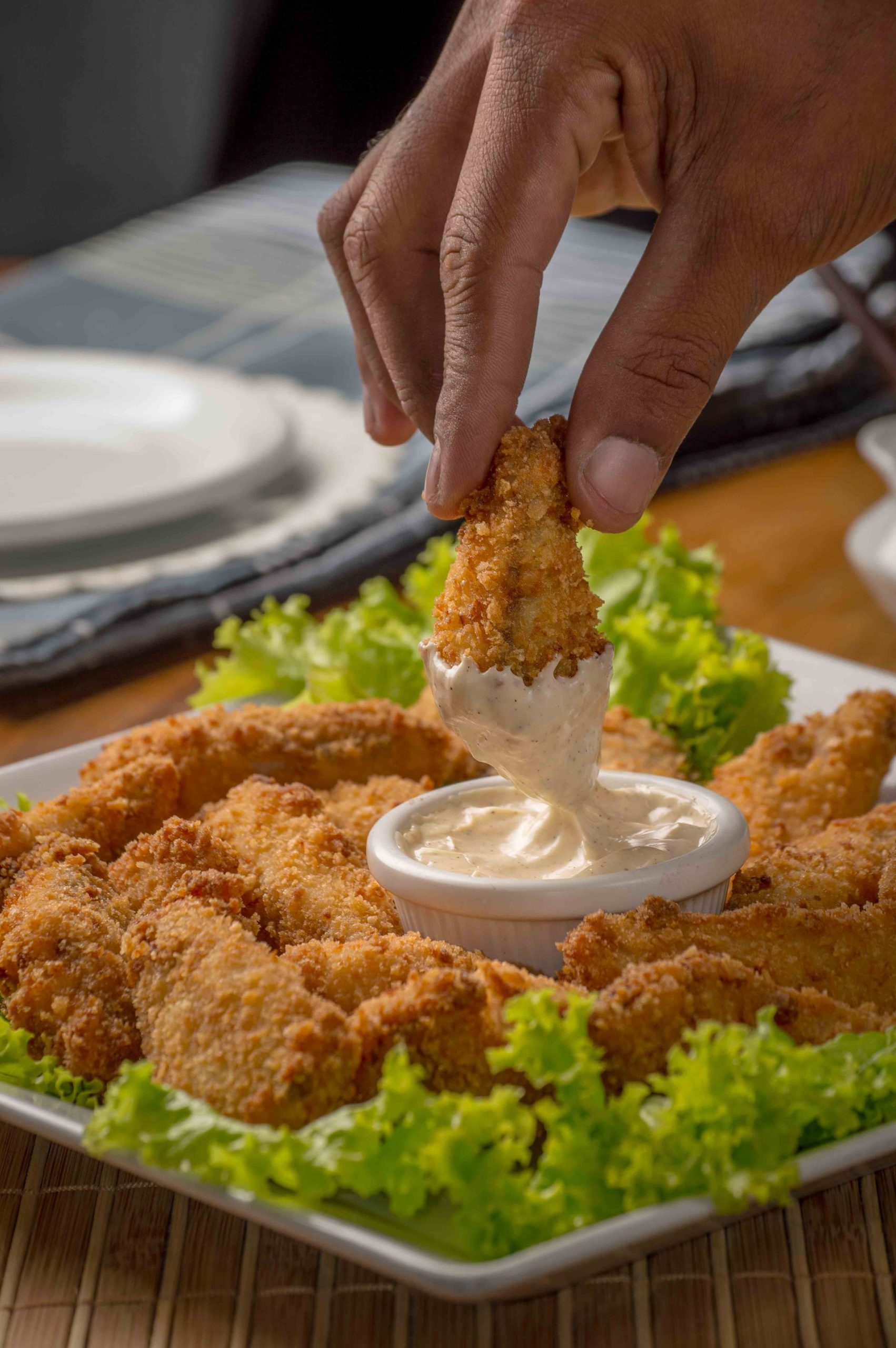Are you tired of lackluster pasta dishes? Looking to take your sauce game to the next level? Look no further than bronze-cut pasta. This traditional Italian method of crafting noodles may seem simple, but its impact on flavor and texture cannot be overstated. In this post, we’ll dive into what makes bronze-cut pasta so special and provide tips for creating a perfect sauce that will have your taste buds dancing with delight. Get ready to elevate your pasta game!
What is Bronze-Cut Pasta?
Bronze-cut pasta is a traditional method of making pasta that has been used in Italy for centuries. Unlike modern industrial methods, bronze-cut pasta is made using bronze dies to shape the dough into noodles rather than Teflon or plastic molds.
The result of this process is a rougher texture on the surface of the noodle, which helps it hold onto sauce more effectively. The uneven edges also mean that each bite has an interesting texture and chewiness unlike any other type of pasta.
Bronze-cut pasta tends to be slightly thicker and denser than its mass-produced counterparts, giving it a satisfyingly toothsome quality when cooked al dente. It’s perfect for hearty sauces that can stand up to its robust flavor and texture.
While bronze-cut pasta may seem like a small detail, incorporating this traditional technique into your cooking can make all the difference in creating an unforgettable meal.
How to Make a Bronze-Cut Sauce
Making a bronze-cut pasta sauce is an art that requires some level of expertise. However, it’s not rocket science and can be done by anyone with the right ingredients and tools. Here are some tips on how to make a delicious bronze-cut sauce.
First, you’ll need high-quality ingredients such as fresh herbs, garlic cloves, diced tomatoes or tomato paste, olive oil and salt. Next, heat the olive oil in a pan over medium heat before adding minced garlic cloves until they turn golden brown. Then add in your diced tomatoes or tomato paste along with any additional seasonings like oregano or basil.
Let the mixture simmer for about 15 minutes while stirring occasionally until it thickens to your preference. Once ready, pour the sauce over your freshly cooked bronze-cut pasta and mix well.
For those who prefer creamier sauces, consider adding heavy cream towards the end of cooking time just before removing from heat for added richness and depth of flavor.
Remember to taste test frequently throughout preparation to ensure perfect seasoning levels every time!
Tips for Making a Perfect Bronze-Cut Sauce
When it comes to making a perfect bronze-cut sauce, there are a few tips that can help elevate your dish. First and foremost, choose the right type of pasta for your sauce. Different shapes and sizes of pasta pair better with certain types of sauces.
Next, don’t overcook the pasta. Bronze-cut pasta is more porous than other types of pasta, so it absorbs sauce more easily. Cook your pasta al dente to ensure it retains its texture and doesn’t become mushy.
When making your sauce, use high-quality ingredients like San Marzano tomatoes or fresh herbs. This will enhance the flavors in your dish and make for a more delicious meal.
Another tip is to reserve some of the starchy cooking water from boiling the pasta. Adding this water to your sauce can help thicken it up and create a smooth consistency.
Always taste test before serving! Adjust seasoning as needed to make sure the flavors are balanced and enjoyable.
By following these tips, you’ll be able to create a perfectly paired bronze-cut pasta dish every time!
Conclusion
To sum it up, using bronze-cut pasta in your dishes can take your sauce game to the next level. Its unique texture and ability to hold onto flavors make it an excellent choice for sauces of all kinds. By following our tips on making a perfect bronze-cut sauce, you’ll be able to create a delicious meal that will impress any dinner guest.
So why not give it a try? Experiment with different types of bronze-cut pasta and sauces until you find the combination that works best for you. Who knows – this could become your new go-to dish!










